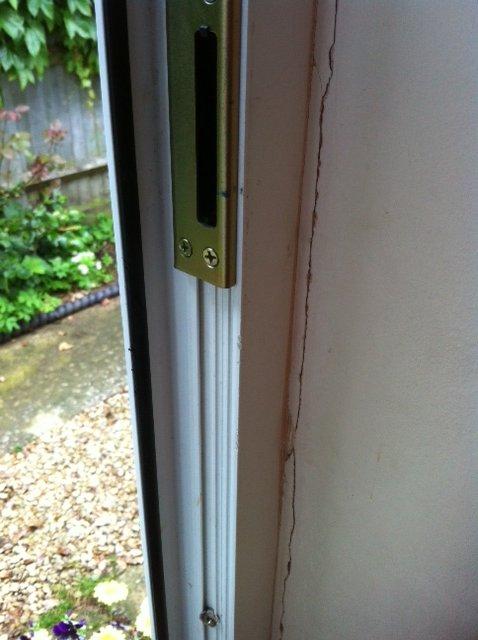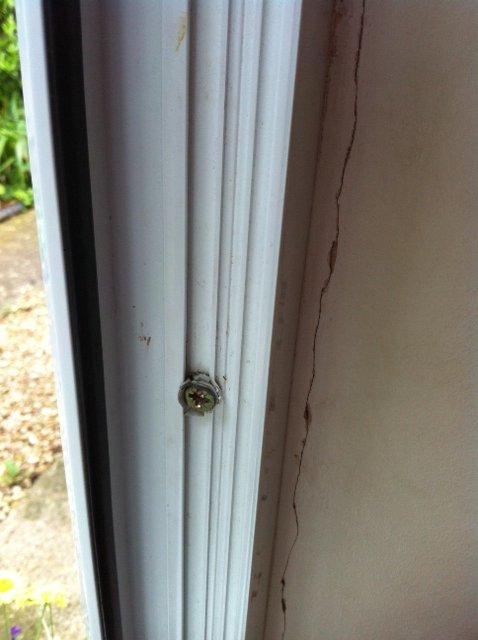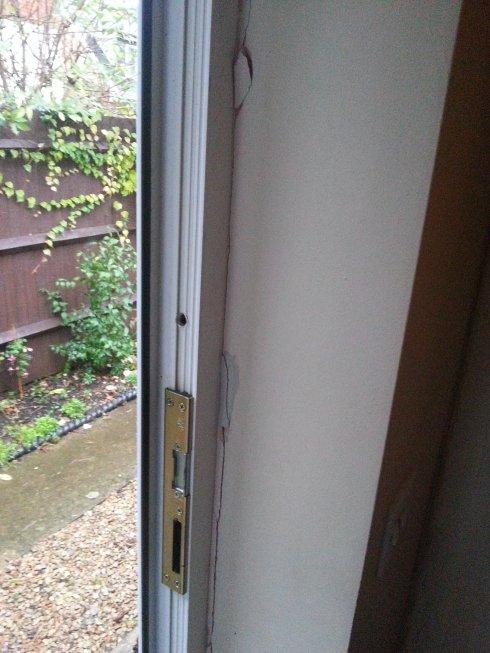We had some UPVC doors fitted around 10 years ago. Over probably the past year or so I've noticed a crack appearing pretty much around the whole door frame (picture attached). What do people think has happened here - would there have been some sort of sealant applied first and then plastered over - in which case do I need to hack out the plaster and redo it all? If I apply pressure to the doorframe by hand you can actually see the crack widen and then go back to how it looks here.
Thanks for any advice.
Thanks for any advice.





